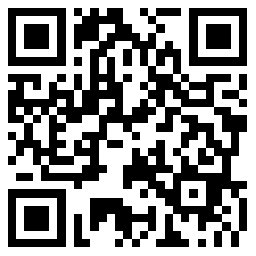NO.PZ202312250100001003
问题如下:
TOPIC: DERIVATIVES
TOTAL POINT VALUE OF THIS QUESTION SET IS 12 POINTS
Sarah Bransfield is the co-head of equities at Schwinn Asset Management (Schwinn). Schwinn’s offerings include many international mutual funds and ETFs focused on developed markets.
Schwinn’s existing clients have expressed interest in having part of their portfolios allocated to emerging market funds. To meet this growing interest from existing clients, Schwinn is formulating an investment strategy to create a new ETF. In this new ETF, Bransfield intends to hedge both international equity exposure and the currency exposure of emerging markets. To research and understand the emerging market space, Bransfield gathers details of the potential emerging markets as presented in Exhibit 1 and lists the following strategies. Note: all currency quotes are in terms of the number of currency units in the numerator per 1 unit of currency in the denominator.
Strategy 1: Implement a carry trade in the currency pair INR/USD.
Strategy 2: Implement a carry trade in the currency pair MXN/USD.
Strategy 3: Implement a carry trade in the currency pair TRY/USD.
The annual yield for the US is 5.25%.
Bransfield seeks a deeper understanding of the derivatives used to hedge the exchange rate volatility of developed countries. She schedules a meeting with Jerry McGraw, the portfolio manager of Schwinn International Growth ETF (SIGF). In its prospectus to investors, SIGF indicates that it actively manages equity and foreign currency exposures and that the ETF uses dynamic hedging every month to rebalance existing hedges. One of the foreign currency asset holdings in SIGF is denominated in Canadian dollars (CAD). One month ago, SIGF fully hedged its exposure using a six-month CAD/USD forward contract per the details provided in Exhibit 2.
McGraw, after reviewing the dynamic hedge scenario, creates a presentation with all data points for his upcoming monthly meeting with Bransfield. McGraw makes the following statements based on his calculations.
Statement 1: To establish the dynamic hedge, the all-in rate used by SIGF one month ago was 1.3497.
Statement 2: All else being equal, the roll yield on this dynamic hedge at the forward contract’s maturity will be negative.
Discuss if the two statements made by McGraw are correct. Justify each response.
选项:
解释:
Statement 1 is incorrect.
To establish the initial hedge one month ago, Schwinn must have sold the Canadian dollar (CAD) forward against the USD as it is long CAD. Selling CAD against USD requires buying USD, the base currency in the CAD/USD quote. Therefore, the offer side of the market must be used.
This means the all-in rate used one month ago would have been 1.3371 + (175/10,000) = 1.3546.
Statement 2 is correct.
To implement the hedge, Schwinn must sell CAD against the USD, which means buying USD, the base currency in CAD/USD quote. The base currency is in contango, meaning the base currency is trading at a forward premium. Buying the base currency USD at a forward premium and having to settle the forward contract by selling the USD spot at a lower price will result in a negative roll yield. Buying high and selling low will result in a negative roll yield.
Moreover, the USD has depreciated against the CAD, because the CAD/USD spot rate decreased between one month ago and now, which will also add to the negative roll yield.
To earn a positive roll-yield, the base currency should be sold at a forward premium or bought at a forward discount.
all-in rate used by SIGF one month ago这里是可以不一定用DC/FC来标价的对吗?但是计算Roll Yield的时候一定要用DC/FC标价?




